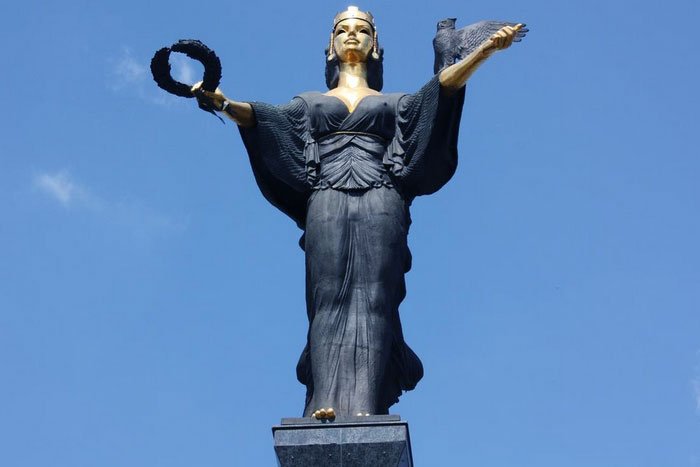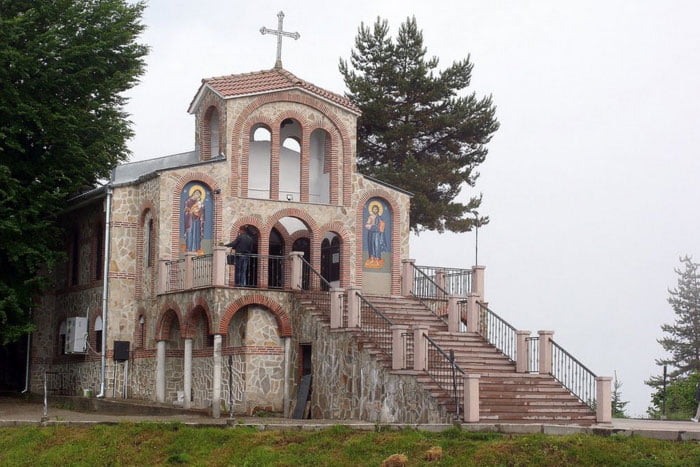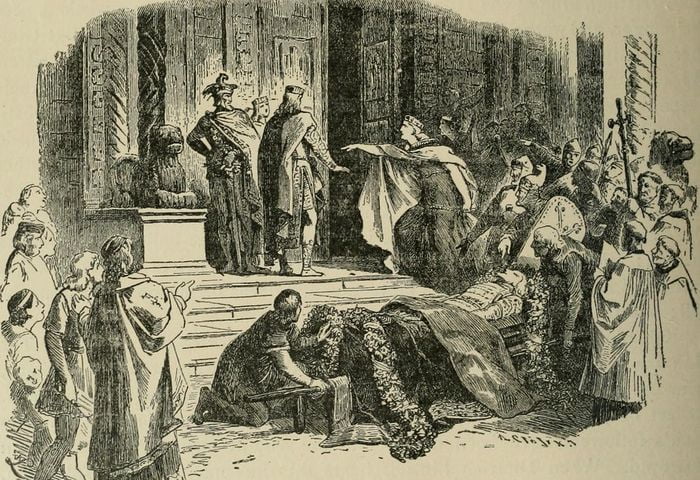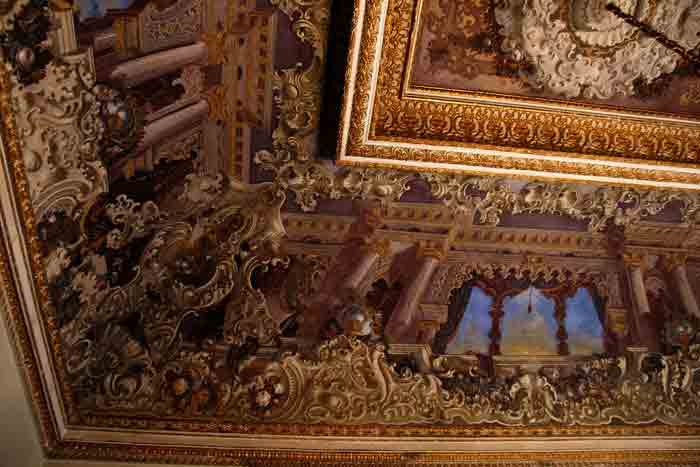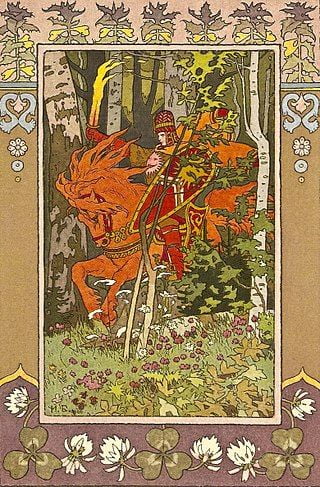Influences and Connections
Phrygian art, shaped by influences from Hittite and Urartian cultures, played a role in inspiring Etruscan art in Italy. Simultaneously, the Phrygians were directly influenced by the Urartu civilization in Eastern Anatolia. An example is the incorporation of the Urartian bull’s head figure into a distinctly Phrygian cauldron. Metalwork, utilizing known metal ores, gained prominence in the Early and Mid-Bronze Ages from 2500 BC. However, it was around 1000 BC that Phrygian metalwork, borrowing from pottery and metal vessels, became widely popular.
Phrygian Art Categories
Phrygian art can be categorized into three groups:
Local Phrygian ware
Urartian import ware
Assyrian import ware
These categories further distinguish artifacts found in mounds dating before 695 BC.
Evolution of Phrygian Pottery
Phrygian pottery during this period showcased fine polychrome ware, categorized as early and late ware. The later period, marked by Lydian domination, reflected western Anatolian influences after 695 BC. Contrasting the early period’s Hittite-based motifs Early Christian Influences and Phrygians in Anatolia, the late ware featured studded patterns within lozenge-shaped frames, motifs on animal forms, and intricate designs replacing the simple and geometric patterns. The late period introduced the use of multiple colors instead of one color painted over another. Animal shapes evolved from a schematic appearance to more detailed forms, with motifs like meander, dots, and plaited hair becoming prevalent. Filtered vessels gained popularity as funerary gifts.
Preservation of Phrygian Art
Phrygian works of art, including pottery and artifacts, are now displayed at the Anatolian Civilizations Museum in Ankara.
Phrygian Settlements and Monuments
Apart from Gordion, the capital with the Tumulus of King Midas, Pessinus was another significant Phrygian settlement. Rock tombs around Afyon Arslantas and Eskisehir Yazilikaya feature megaron planned houses with semerdam roofs carved into the rock. Notable Phrygian monuments Walking Tour Istanbul, such as the Arslantas rock monument near Afyon and the ruins of Midas near Eskisehir, served as worship sites for the major Phrygian deity Cybele and her lover Attis.
Phrygian Language and Indo-European Connection
The Phrygian language belonged to the Indo-European group, reflecting the linguistic heritage of the region.



